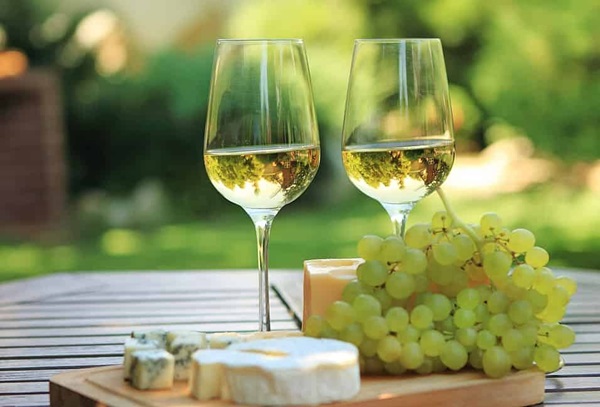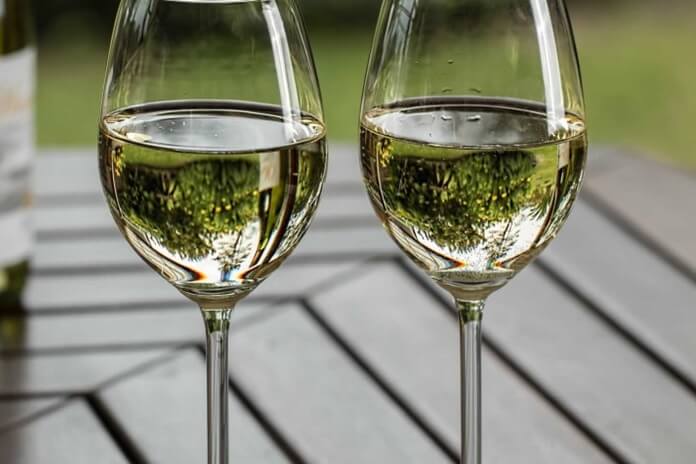International Albariño Day, observed every year on August 1, originated from a competition between Bernardo Quintanilla and Ernesto Zàrate to identify the finest wine in 1952. This event led to the inaugural Albariño Day celebration the next year. Although the Albarino grape is cultivated in multiple countries, Spain remains the largest producer. Known for its unique botanical aroma, the Albarino grape is used to make white wine varieties.
Known History of Abarino Day
International Albarino Day occurs on the last day of the Albariño festival. This festival also known as Fiesta del Albariño takes place during the week leading to the first Sunday of August in Cambados, Spain. The festival was established from a competition between two men, Bernardo Quintanilla and Ernesto Zarate, to determine the best wine of 1952.
‘Albariño’ or ‘Alvarinho’ is a kind of grape which are mainly grown in Galicia, an autonomous community of Spain. Whereas, this is grown in Melgaco and Monaco in Portugal. Varietal white wines are produced from the Albarino grape, a member of the ‘Vitis vinifera’ species.
In addition to Spain, Albariño is grown in several regions of California, including Clarksburg, Napa, Edna Valley, Santa Ynez Valley, and Los Carneros. It is also cultivated in Oregon and Washington State.
Contrary to the popular belief that Albariño grapes were introduced to Spain by French monks from Cluny, research has shown that these grapes have been present in Spain for centuries. Furthermore, no evidence has been found of Albariño, under any name, existing in Cluny.
In cities like Lima, Brage, Valdeorras, and Ribeiro, Albarino is often blended with other grape varieties such as Loureiro, Godelho, Cainho, and Arinto to create unique wines.
Albarino wines are notably light, with an alcohol content ranging from 11.5% to 12.5%. The grape is distinguished by its botanical aroma with a hint of citrus, and its thick skins and numerous pips can sometimes result in a residual bitterness.
| 1550 B.C. (Phoenicia Leads the Charge) | Ancient winemaking and viticulture spread from Phoenicia. |
| 1500 B.C. (Wine in Africa and Europe) | Wine first arrives in northern Africa and southern Europe. |
| 350 B.C. (Romans Begin Using Barrels) | Romans begin to use barrels in winemaking. |
| 1953 (The Albariño Festival Commences) | The first Albariño Festival is held. |
The Growing Popularity of Albariño
In recent years, Albariño has gained international recognition, and its popularity continues to grow. New plantings have appeared in various wine regions around the world, including the United States, Australia, and New Zealand. Winemakers are increasingly drawn to Albariño for its ability to produce wines that are crisp, aromatic, and perfectly suited for a wide range of cuisines.
Celebrating Albariño Day
Albariño Day is an opportunity for wine enthusiasts to celebrate and explore the diverse expressions of this exceptional grape variety. Here are some ways to participate in the festivities:
Host a Tasting Party: Invite friends and family to a tasting party featuring a selection of Albariño wines from different regions. Compare the flavor profiles and discover the subtle differences influenced by terroir.

Visit Local Wineries: If you live near a wine-producing region, visit local wineries that produce Albariño. Many wineries offer special events, tastings, and tours to celebrate Albariño Day.
Pair with Food: Albariño’s high acidity and vibrant flavors make it a versatile wine for food pairings. Try it with seafood, grilled vegetables, or spicy dishes to enhance your dining experience.
Learn More: Attend a wine education class or seminar focused on Albariño. Many wine schools and institutions offer special courses and webinars on Albariño Day.
Share on Social Media: Join the global conversation by sharing your Albariño experiences on social media. Use hashtags like #AlbariñoDay and #CelebrateAlbariño to connect with other wine lovers and discover new recommendations.
Also read, National Jump for Jelly Beans Day – July 31, 2024
Five Interesting Facts About Wine
- Globally, there are over 10,000 varieties of wine grapes.
- At certain wine-tasting events, it is acceptable to spit out the wine after tasting it.
- In early Roman times, women were prohibited from drinking wine and could face death if caught.
- Wine tasters swirl wine in the glass to release its aroma.
- Due to their metabolism, women are more sensitive to alcohol than men.
Frequently Ask Question
What does an Albariño wine taste like?
Albariño wine tastes like lemon zest, grapefruit, honeydew, nectarines, and salt, with a tingly finish that often includes a subtle bitter note. This slight bitterness, stemming from the thick skins of the grapes, makes Albariño excellent for palate cleansing.
Is Albariño white or red?
Albarino wine (“alba-reen-yo”) is a high-quality, light-bodied white wine primarily grown in Spain and Portugal. It is cherished for its high acidity, refreshing citrus flavors, dry taste, and subtle saltiness.
What is Albariño also known as?
Albariño is a type of white grape from Galicia, Spain. In Portugal’s Vinho Verde region, it is called Alvarinho. While the best Albariño grapes come from Rias Baixas in Galicia, they are now being grown in other parts of the world too.
You may also like to read, National Raspberry Cake Day – July 31, 2024
